Nestled into a corner of the Pinto Basin delightfully off the beaten path, the Ocotillo Patch is an absolute imperative if it’s just rained in the park.
Ocotillo fouquieria splendens is indigenous to the southwestern United States and proliferates across the Sonoran Desert in the southern half of Joshua Tree National Park. Also referred to as coachwhip, candlewood, and desert coral, it stands tall in the middle of the desolate desert expanse—up to 33 feet tall, in fact.
For most of its life the ocotillo appears to be a large, spiny collection of dead sticks. After even a slight rain, however, the bright crimson flowers explode onto the scene, igniting the plant in clusters at the end of each mature stem. If you’re unable to scramble into the park after rainfall, the good news is that they stick around for an indeterminate amount of time, Hummingbirds and native carpenter bees linger around the blossoms, as well.
It’s said that a fresh tincture made with the bark of the ocotillo plant can be beneficial for digestion and stomach wellness. Purportedly, Native Americans were known to place flowers and roots of the plant over fresh wounds to help slow bleeding.
The self-guided nature trails that wind through the Ocotillo Patch are informative and picturesque—it’s a welcome stop along the long drive down Pinto Basin Road.


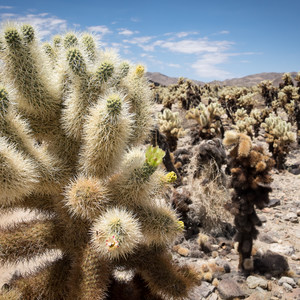
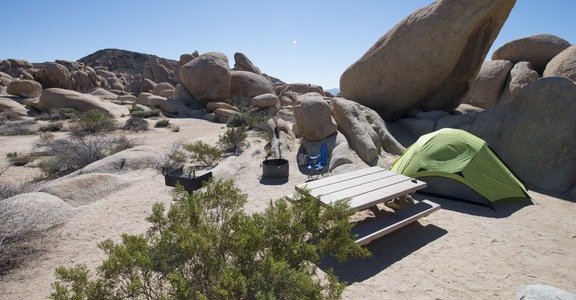
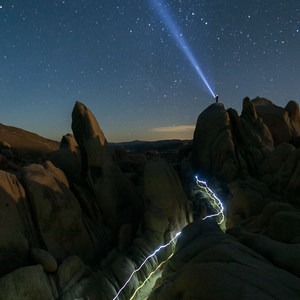
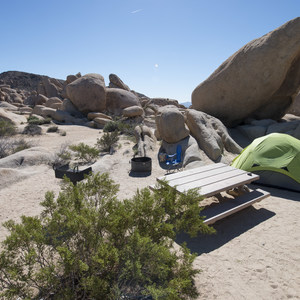
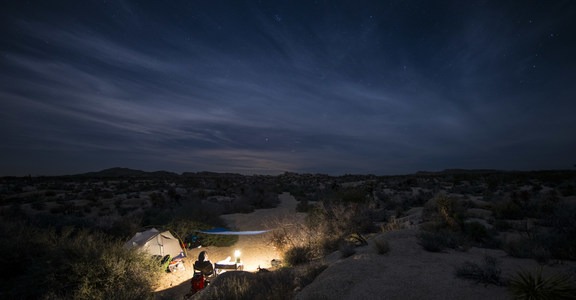
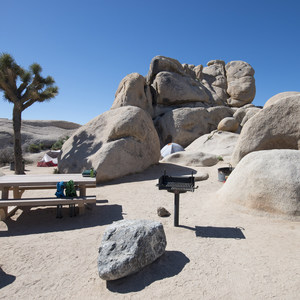



Comments
Sign In and share them.